Regulatory Frameworks
Regulatory frameworks are increasingly influencing the dynamics of The Global Aggregate Industry. Governments worldwide are implementing stricter regulations regarding environmental impact and resource management, which directly affect aggregate production and usage. In 2025, it is projected that compliance with these regulations will necessitate a shift towards more sustainable practices, including the use of alternative materials and recycling. This regulatory pressure is likely to drive innovation within the industry, as companies seek to develop compliant solutions that also meet market demands. As a result, The Global Aggregate Industry is expected to evolve, with a focus on sustainable practices that align with regulatory expectations.
Sustainability Initiatives
The increasing emphasis on sustainability initiatives is reshaping The Global Aggregate Industry. Governments and organizations are prioritizing eco-friendly practices, which has led to a surge in demand for recycled aggregates. In 2025, the market for recycled aggregates is projected to reach approximately 20% of the total aggregate consumption, reflecting a significant shift towards sustainable construction materials. This trend is driven by regulatory frameworks that encourage the use of sustainable resources, thereby influencing construction companies to adopt greener practices. As a result, The Global Aggregate Industry is witnessing a transformation where sustainability is not merely an option but a necessity, compelling stakeholders to innovate and adapt to these evolving standards.
Technological Advancements
Technological advancements are playing a pivotal role in the evolution of The Global Aggregate Industry. Innovations in extraction and processing techniques have enhanced efficiency and reduced operational costs. For instance, the adoption of automated machinery and advanced sorting technologies has improved the quality of aggregates while minimizing waste. In 2025, it is estimated that the integration of technology could lead to a 15% increase in production efficiency across the industry. Furthermore, the development of digital platforms for supply chain management is streamlining operations, allowing for better inventory control and distribution. These advancements not only bolster productivity but also contribute to the overall sustainability of The Global Aggregate Industry.
Urbanization and Infrastructure Growth
Urbanization and infrastructure growth are driving forces behind the demand in The Global Aggregate Industry. As populations continue to migrate towards urban centers, the need for housing, transportation, and public facilities is escalating. In 2025, it is anticipated that urban areas will account for over 70% of aggregate consumption, highlighting the critical role of aggregates in urban development. This trend is further supported by government investments in infrastructure projects, which are expected to increase by 10% annually. Consequently, The Global Aggregate Industry is positioned to benefit from this surge in demand, as construction companies seek reliable sources of aggregates to meet the needs of expanding urban landscapes.
Economic Growth and Construction Demand
Economic growth is a fundamental driver of demand in The Global Aggregate Industry. As economies expand, the construction sector experiences a corresponding increase in activity, leading to heightened demand for aggregates. In 2025, it is estimated that global construction spending will reach approximately 10 trillion USD, with aggregates constituting a substantial portion of this expenditure. This growth is particularly evident in emerging markets, where infrastructure development is a priority. Consequently, The Global Aggregate Industry is poised to capitalize on this economic momentum, as construction companies ramp up their operations to meet the rising demand for aggregates.


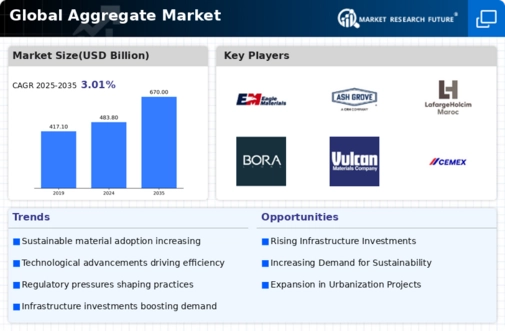
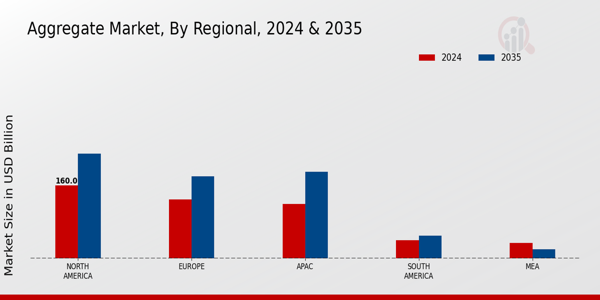


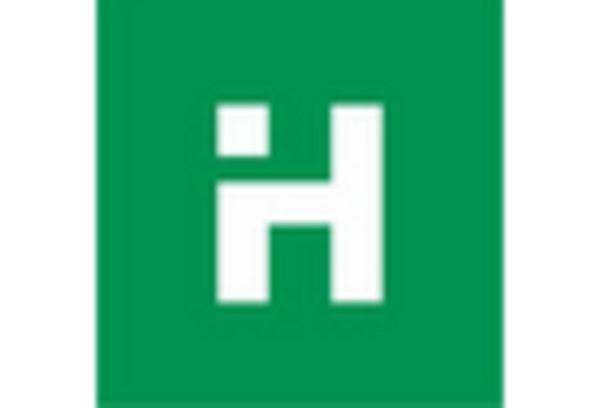
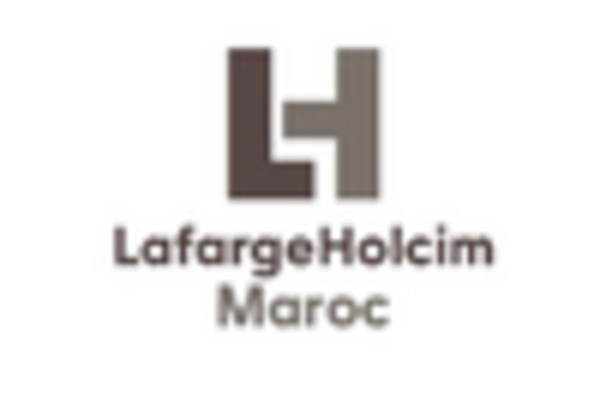
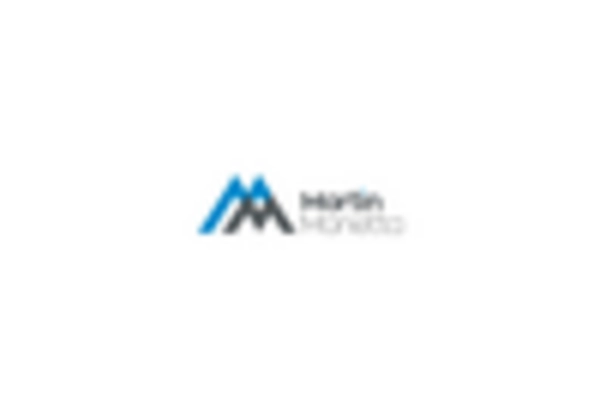
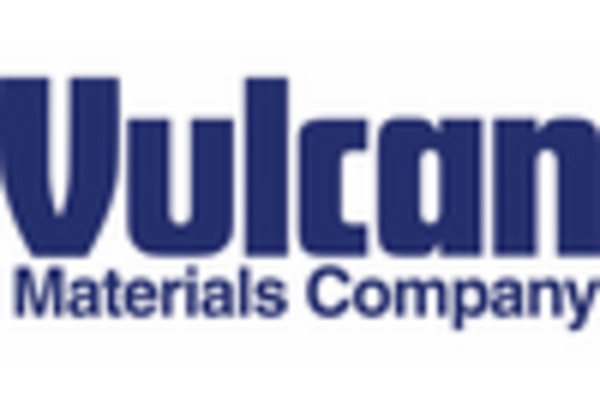








Leave a Comment